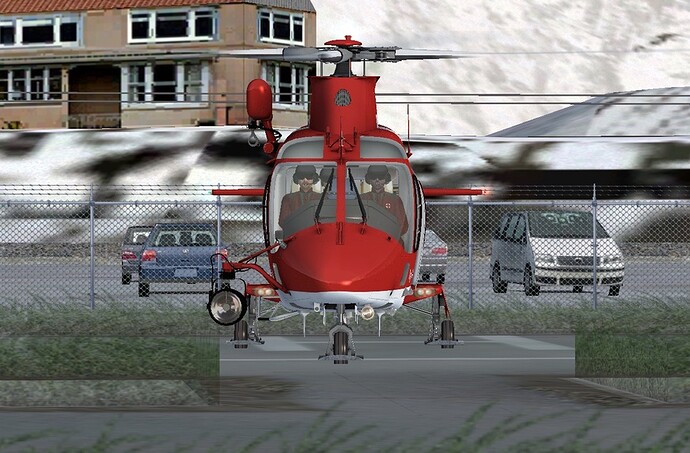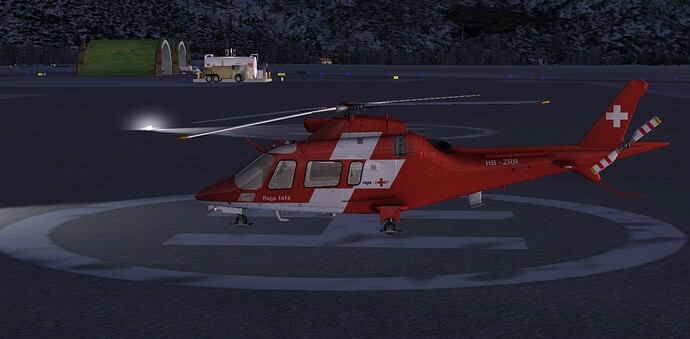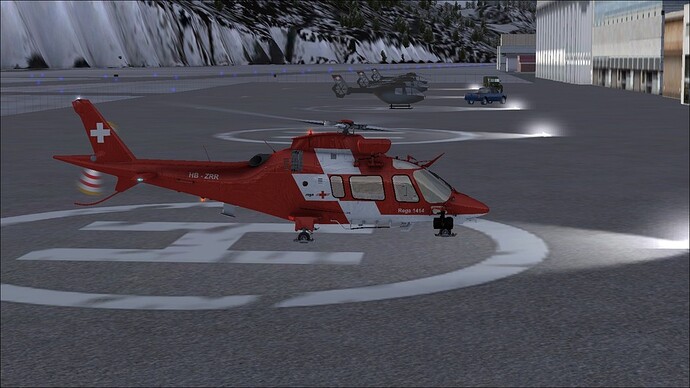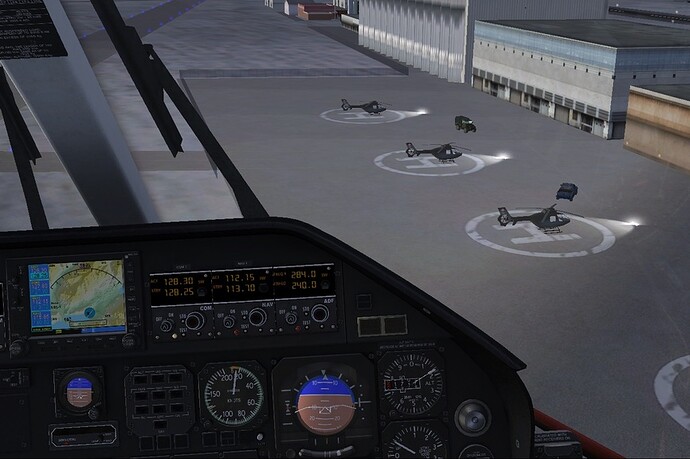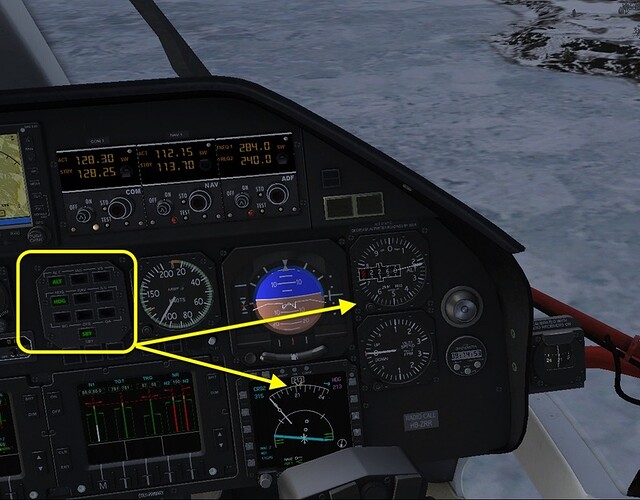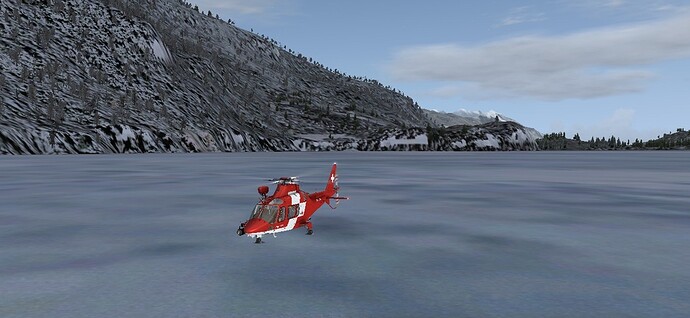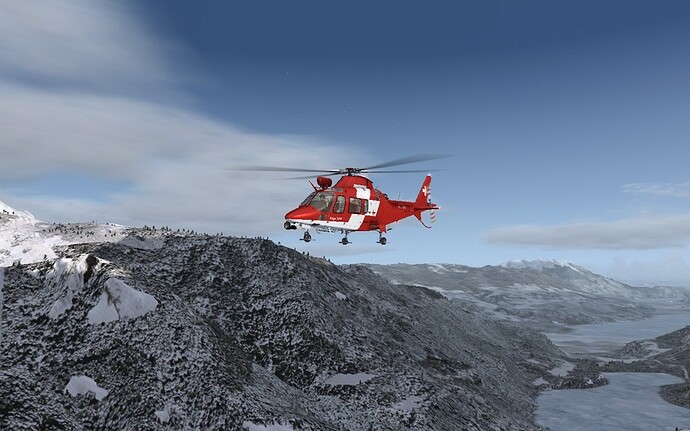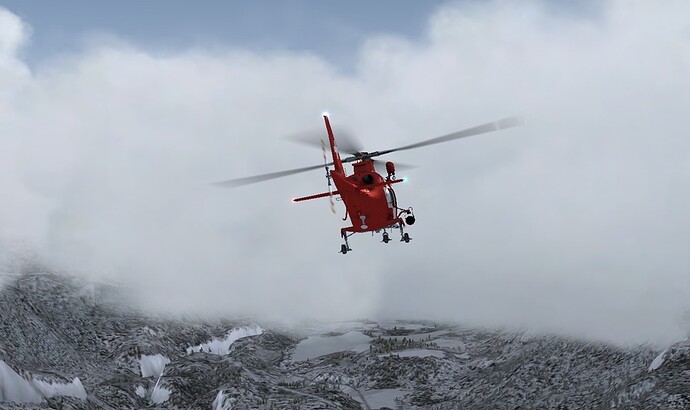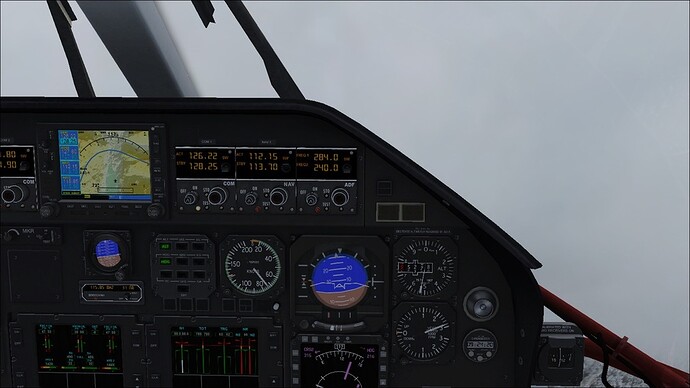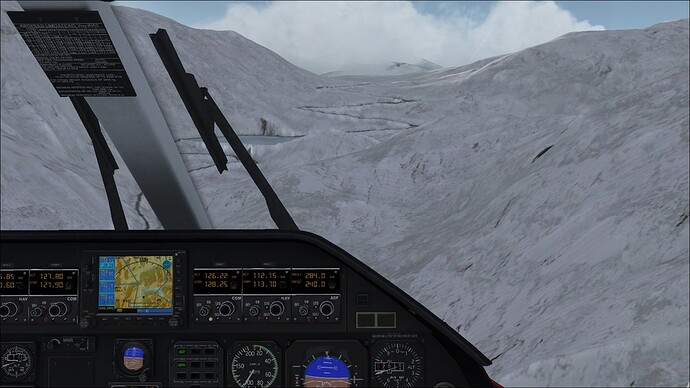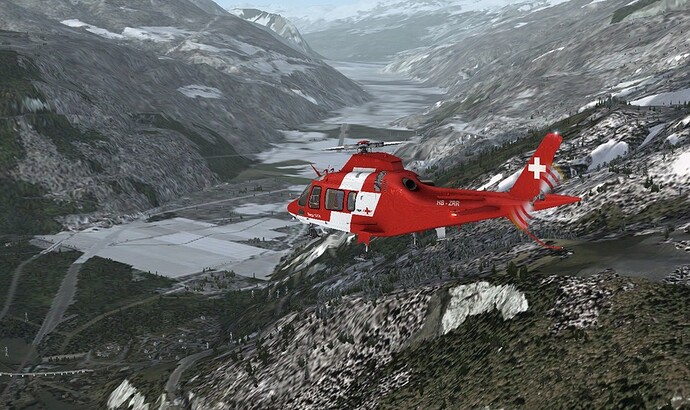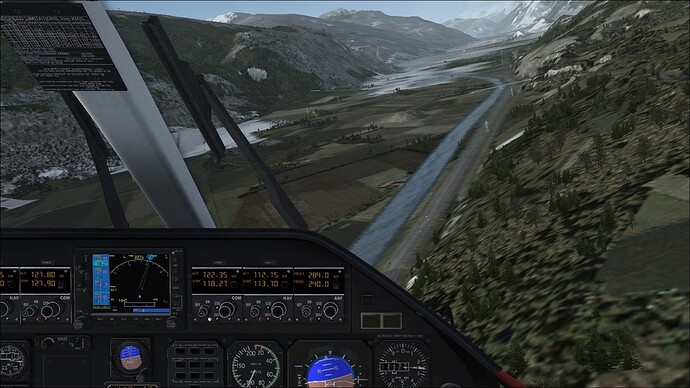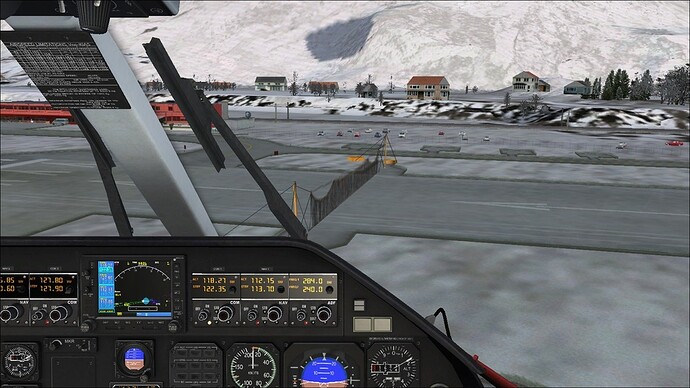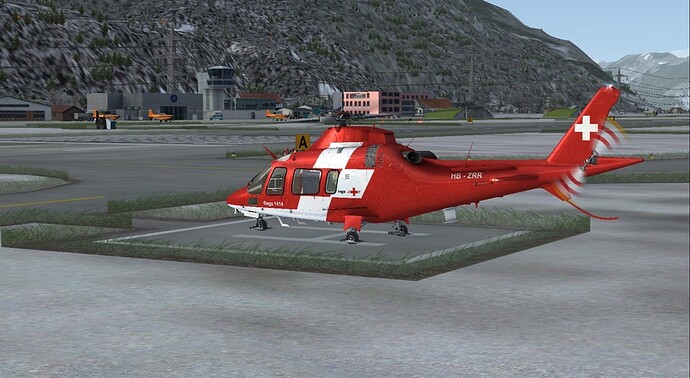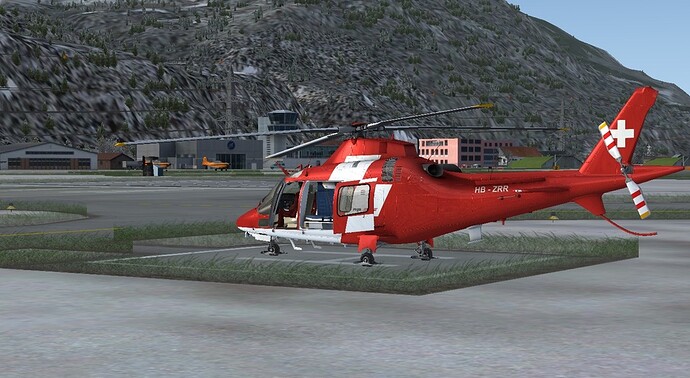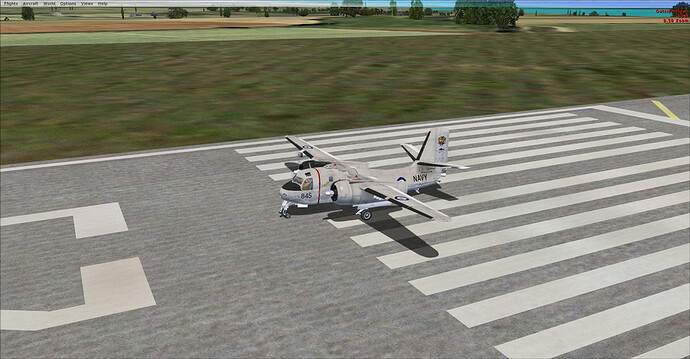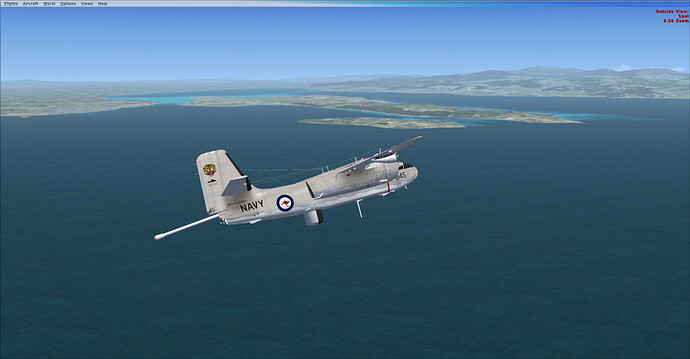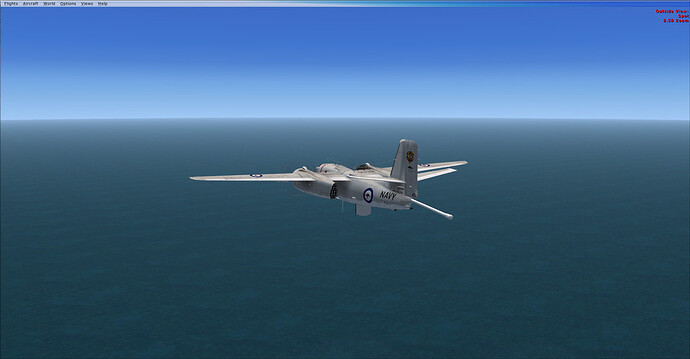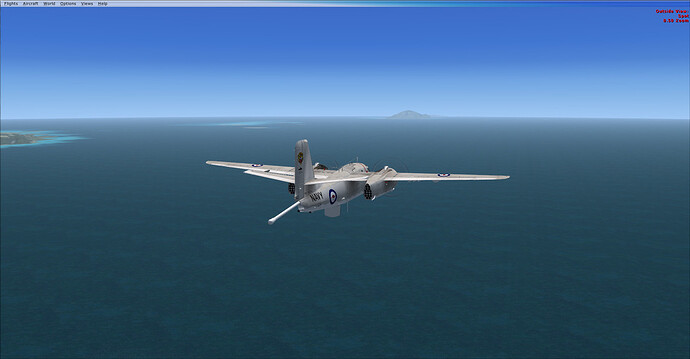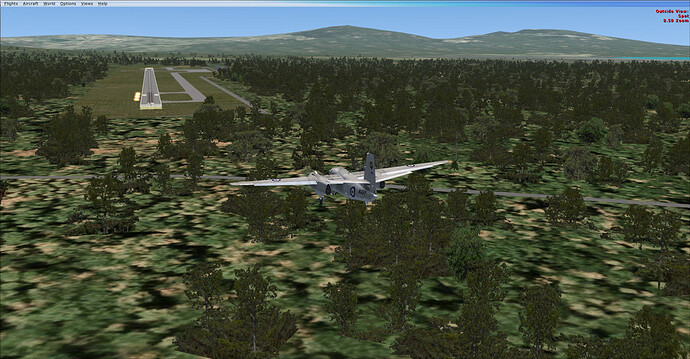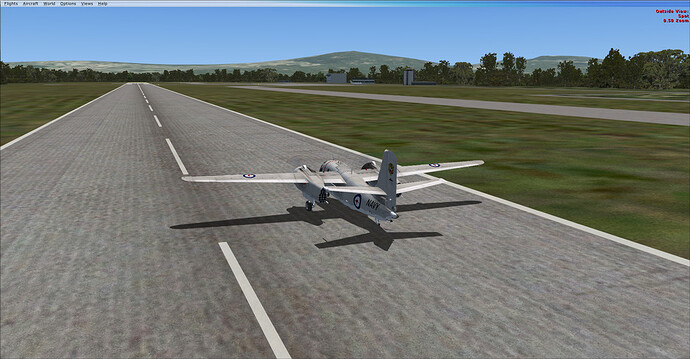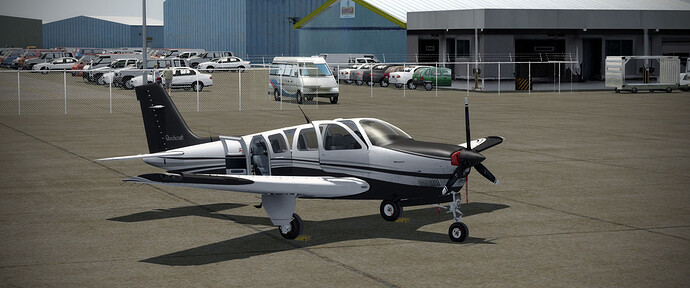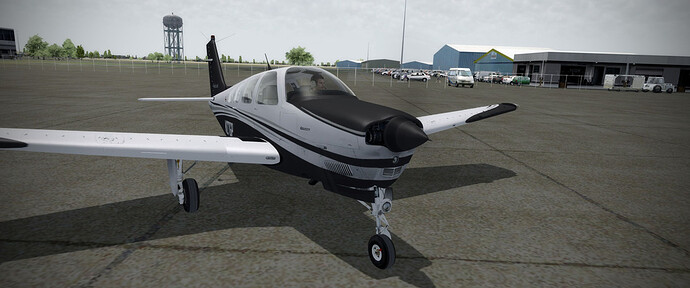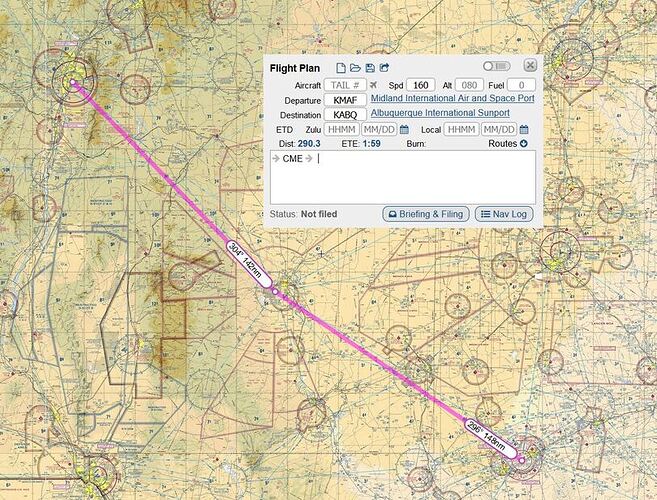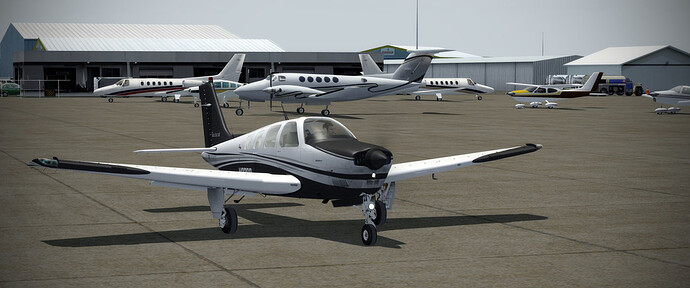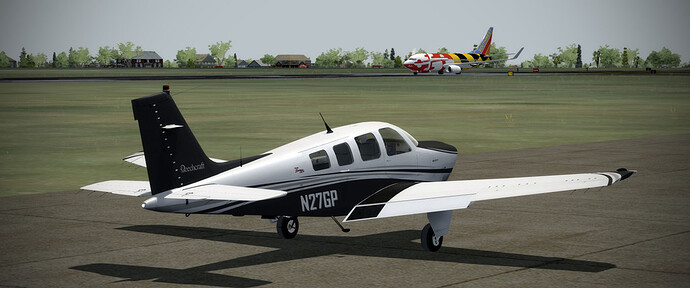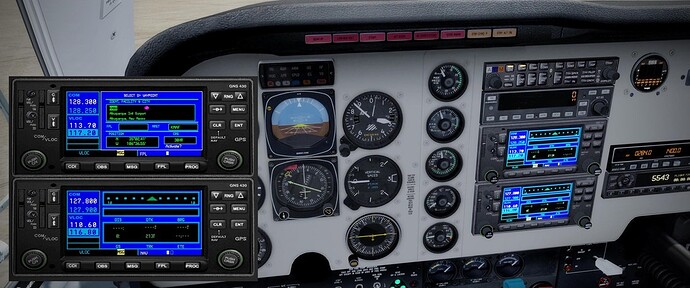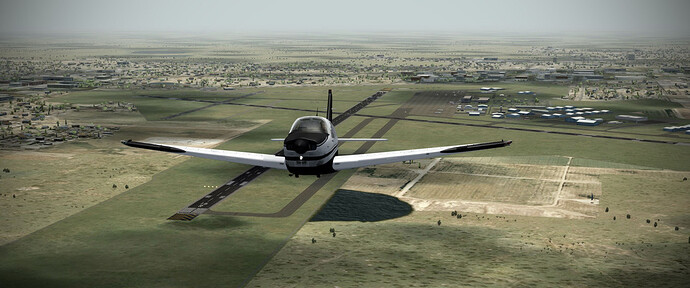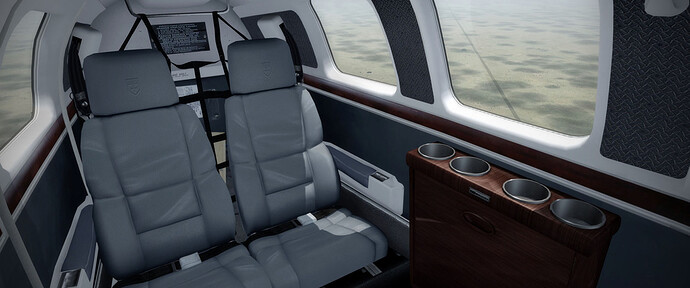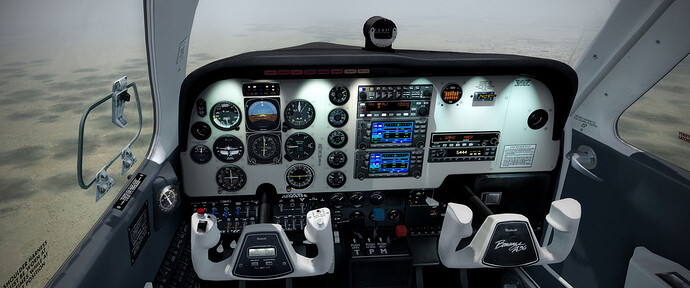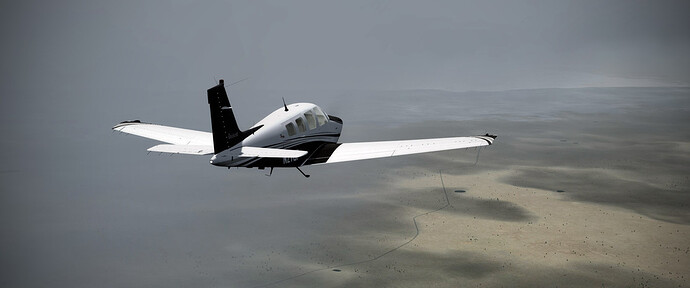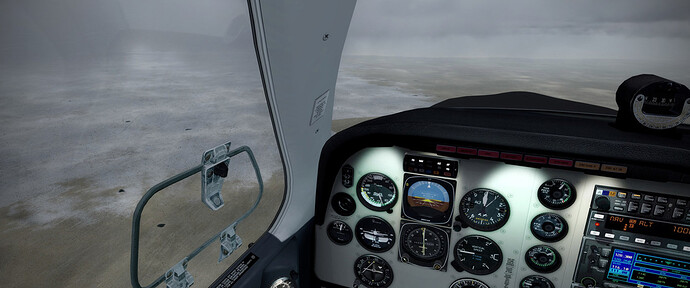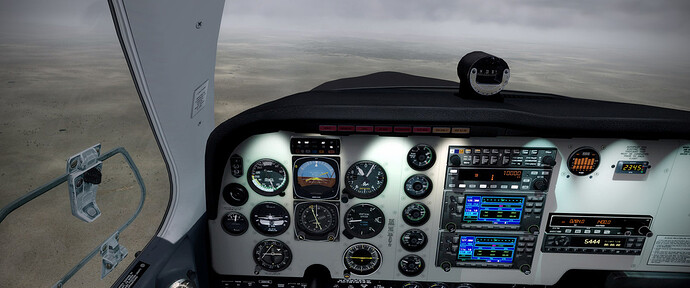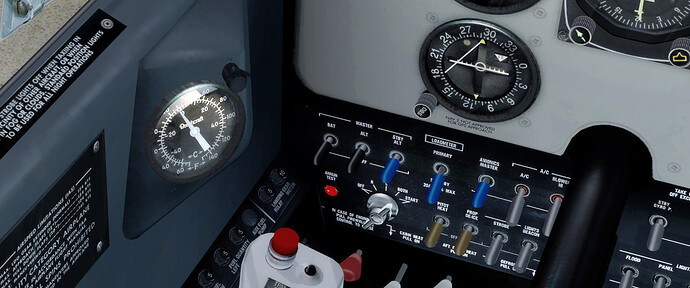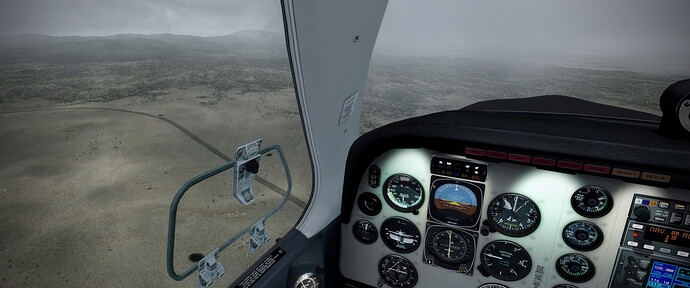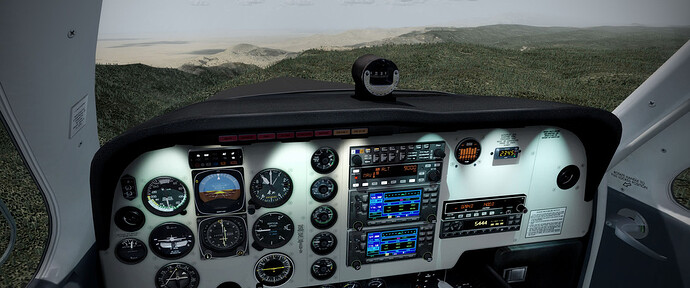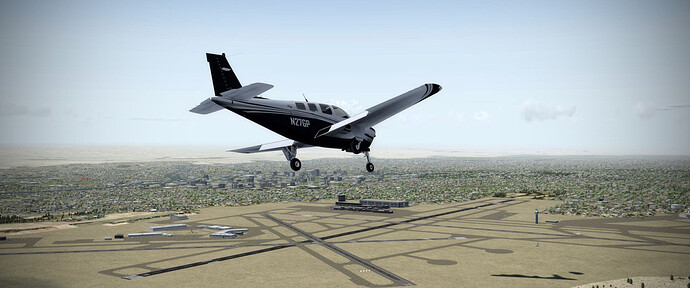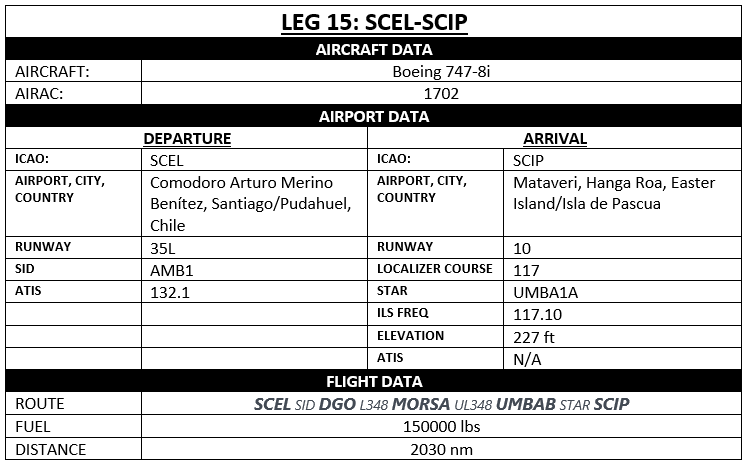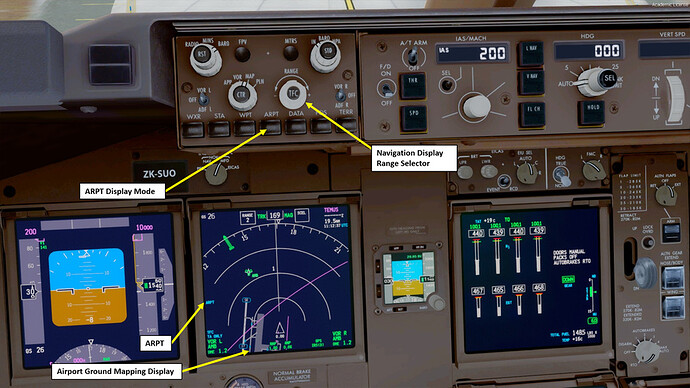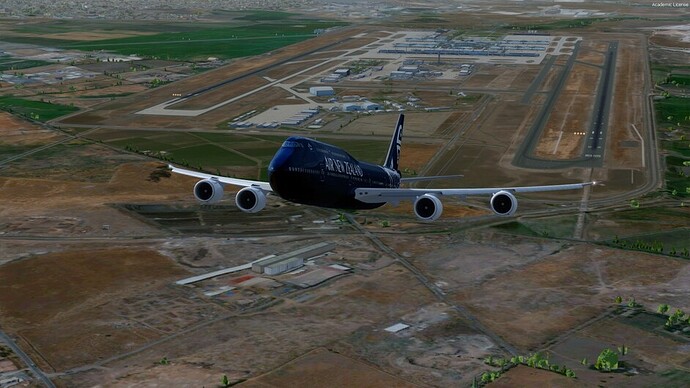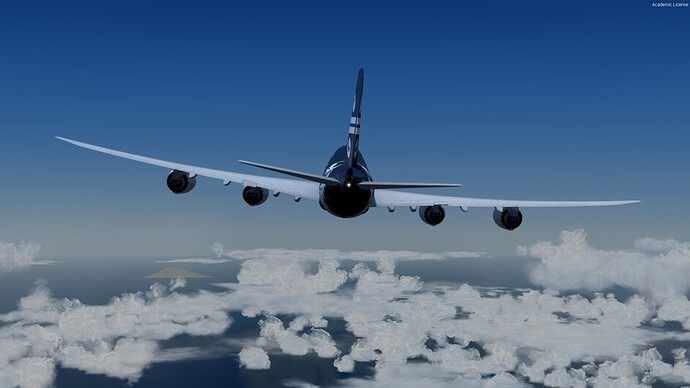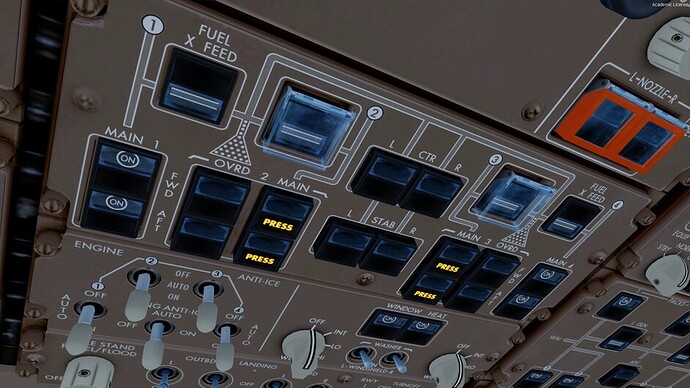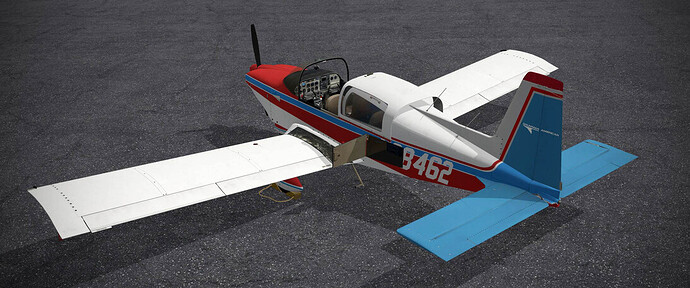Another day another leg

this time from WAMM to WAPP (I’m not kidding, and I love those identifiers more than I would care to admit). An over water flight, nothing terribly interesting to do. So what to fly? Why of course…
The Virtavia Lockheed P-2V-7 Neptune.
If you’re not a cold war ASW aficionado (which I didn’t think I was until I started this whole thing) the Neptune was the USN’s first and only dual powered, land based, ASW aircraft. The Neptune was a post WW2 development that replaced the Lockheed PV-1/PV-2 which were variants of the Lockheed Ventura (also known as the B-34 Lexington), a medium bomber that turned out to be a much better patrol aircraft. Following WW2 the USN realized that it needed LOOOOONG range sea patrol power, and that aerial ASW was where it was at. The Neptune was the “hunter” part of hunter/killer pairings, with destroyers or the short lived carrier based Grumman Guardian.
The Neptune would eventually be replaced by the legendary P-3, but the Neptune was legendary (if rarely recognized in it’s own right) too. The Neptune served from 1946 to 1970 in active duty, and soldiered on (Sailor’ed on?) with reserve units until almost 1980, and as the Kawasaki P-2J (licensed turboprop and jet variant) all the way to 1996.
The Neptune combined a pair of Wright Cyclone engines (which were on everything from the B-29 to the A-1 Sky Raider in various variants), and (on this model of the Neptune) a pair of Westinghouse J34 turbojets. So we’ve got about 7,400 SHP and 6,800 ft/lbs of thrust to work with. The the J34’s run on Avgas rather than JP-4 to keep the fuel system simple. The J34’s were to allow for high dash speed to prosecute targets, or at least be in the area of the datum within a reasonable time frame from take off, and to be able to haul a massive supply of fuel airborne within a reasonable runway distance.
The Neptune is of course almost exclusively analog and early digital. The big blank white space in the instrument panel in the shot above is actually just an old fashioned plotting board. The PNF would be responsible for keeping it updated with the pertinent info to allow for the prosecution of targets.
So lets talk a little little about the Virtavia model before we get back to cold war ASW trivia. I picked up the model from PCPilot for around $10, and it has 5 different textures. The VC as can be seen is reasonable, though as you zoom in the gauges do get blurry. As Virtavia isn’t exactly known for their systems modeling, it’s light, real light on the systems modeling, there’s not even a working CHT gauge for the engines, let alone anything for the turbojets. There is the VC, and a couple views from the observer’s position in the nose, and a 2D panel that has no more info than the VC panel.
Externally the model has some nice touches, the jets have a smoke effect that’s toggleable, the inlet doors of the jets are closeable, and a bomb bay with a pair of torpedoes to name most of them. Flight dynamics wise I have no data for the Neptune, but the plane feels reasonable for its size, and reading some crew reports, it was quite comfortable to fly and fly-in at low level in turbulence. It has the default FSX gauge, a working autopilot, and a decent but certainly not great external model. Worth $10? You be the judge on that.
One BIG note, FSX does not like (and without a lot of exterior coding) does not allow for multiple engine types on a plane (jets and props). Being a Virtavia product, it should come as no surprise that this extra work was not done. The jets are purely visual and provide absolutely no extra thrust, but burn no extra fuel. For all intents and purposes this might as well be an earlier model that didn’t have the jet pods.
Alright back to the cold war. The Neptune had an incredibly diverse career over the almost 40 years it was in service. It was land based ASW asset, post WW2 armed with 20mm cannon turrets, rockets, and a MAD stinger (which was still relatively new). It served a “deniable” ELINT aircraft for the CIA in Taiwan immediately after the Communist revolution probing the Chinese mainland in ELINT overflights. It served as a maritime recon and sea control plane in the Korean war. And for much of the cold war engaged in classified ELINT and recon work over/near Russia in areas where the Soviets considered US aircraft as “shoot on sight” targets.
In Vietnam it went green with the US Army as the OP-2E it supported Operation Igloo White, which was the the Army’s remote (and occasional in person) reconnaissance of the Ho Chi Mihn trail. It was converted to the AP-2H gunship variant, being a contemporary of the original “Puff.” It was even the USN’s first carrier based nuclear bomber. This later involving a JATO takeoff, and a Doolittle raid style landing.
As mentioned above the Neptune began its professional life armed with 20mm cannon turrets in the nose, dorsally and in tail, and even had an “attack nose” with 6 fixed 20mm cannons. Shortly the capability to carry rockets was added, and the Neptune worked much like the their WW2 predecessors. As time progressed, the guns came off, sensors were added, and it was one of the first airbornes assets to have sonobuoys. (So promo marketing in the 1950’s and early 60’s was probably little more direct I’d say. Sorta NSFW (it’s bikini cheesecake, so click accordingly). For more info on exactly what’s going on with that picture check out post #10 here (safe for work link)) . Eventually the Neptune in it’s final ASW form had a whole suite of detection equipment that was state of the art for the day. The final few still flying Neptunes in the US have almost exclusively been turned into fire bombers.
One of the other missions the Neptune routinely performed was the investigation of surface shipping. This process was normally known as “rigging” a ship, and consisted of a low (sub 200’ officially, and from accounts, deck level wasn’t uncommon on large merchants) and close passes of the ship on all four sides. The nose observer would take pictures and note anything of interest.

I cranked up the sliders in FSX for ship traffic and quick glance at marinetraffic.com showed there should be plenty of shipping to check out.
This was the only water craft FSX gave me:
When I banked over to come across the bow it autogenn’ed it out of existance! Oh well, that’s certainly something I’m going to play with near a port city.
So with the history lesson over, it’s time to land the Neptune.
With the gear hanging, the flaps dangling, and when I finally remembered to put the spoilers out to slow down, the Neptune settled down just fine having barely made a dent in the 50% fuel I had loaded up with (I landed at 42% after approximately 1.5 hours, real world 10+ hour ON STATION time wasn’t uncommon).
So the overall verdict for me is that the $10 is worth it. It’s an AC that is fairly rare, but has a ton of real world history. There is a freeware model out there of this plane,that’s not quite as good graphically, but it does feature a kludge for the jet engines. I’m still deciding which on I like better.
